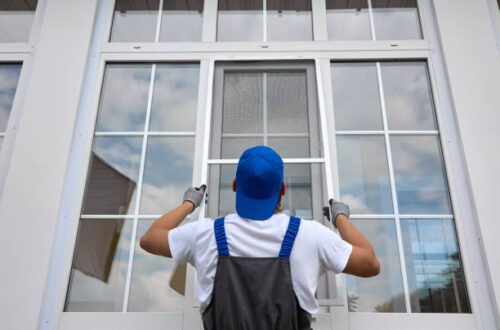Did you know that a typical duct system can lose as much as 40% of heating and cooling energy? Moreover, a 20% leakage rate in ducts can make an HVAC system work 50% harder. That’s a lot of wasted air, not to mention higher utility bills.
Fortunately, ducts aren’t always a prerequisite for HVAC installation. One reason is that some heating and air conditioning systems don’t require ducts.
So, what exactly are your options if you don’t have ducts and want to bypass air duct installation?
Keep reading, and we’ll tell you what you need to know below.
Install a Ductless Mini-Split System
Ductless mini-split systems (also called “mini-splits” for short) use heat pumps. They’re like air conditioners, capable of cooling your home during summer. However, their technology also allows them to provide heat in the winter.
A mini-split doesn’t need heating and AC duct installation. Instead, it relies on zoning technology, in which an indoor air-handling unit heats or cools a zone or a room. This indoor unit then connects to an outdoor unit.
Each mini-split system’s outdoor unit can handle four indoor units. So, you can install up to four air handlers, one for each of four zones or rooms. Some models can even manage up to five indoor units.
Since a ductless mini-split can heat and cool your home, you may not need to get a separate heater. That can save you a lot of space and money, as you only need to buy, install, and maintain a single piece of equipment.
What if you decide to push through with HVAC ductwork installation? Can you still benefit from a mini-split?
Yes. You can install a ductless mini-split to provide extra heating and cooling. You can also get one for each new room you add to your home in the future, so you don’t have to extend the existing ductwork.
Here’s one more tip: Invest in Energy Star-certified mini-split systems. They consume up to 60% less energy than typical residential electric radiators.
Consider a Variable Refrigerant Flow System
VRF systems are heating and air conditioning systems that work much like mini-splits. For instance, they also have outdoor units and multiple indoor air handlers. Moreover, they don’t require HVAC duct installation to heat and cool, either.
The chief difference is that VRF systems have higher cooling capacities than mini-splits. That’s also why they’re more common in large commercial buildings.
If you have an enormous house, though, then a VRF system may be a better choice. However, these are more complex technologies, so not all techs can handle them.
Get a High-Velocity System
High-velocity systems are alternatives to installing central air in a house without ducts. They’re pretty similar, except the former uses far narrower ducts. In most cases, the pipes are a mere two inches in diameter.
Moreover, high-velocity systems use highly-flexible ducting materials. Thus, they’re easier to work with and pass through walls and ceilings. In short, they don’t require extensive retrofitting or updates to your home.
Schedule Your HVAC Installation Today
As you can see, you have at least three HVAC installation options if your home doesn’t have existing ducts. Just remember that mini-splits and VFS systems are 100% ductless. By contrast, high-velocity systems use ducts far narrower than central systems.
If you’re having difficulty deciding, your best bet is to call a local HVAC contractor. They can help you determine the most appropriate “non-ducted” systems to get for your home.
Are you ready for more home and lifestyle guides like this? Then feel free to browse our latest blog posts!






